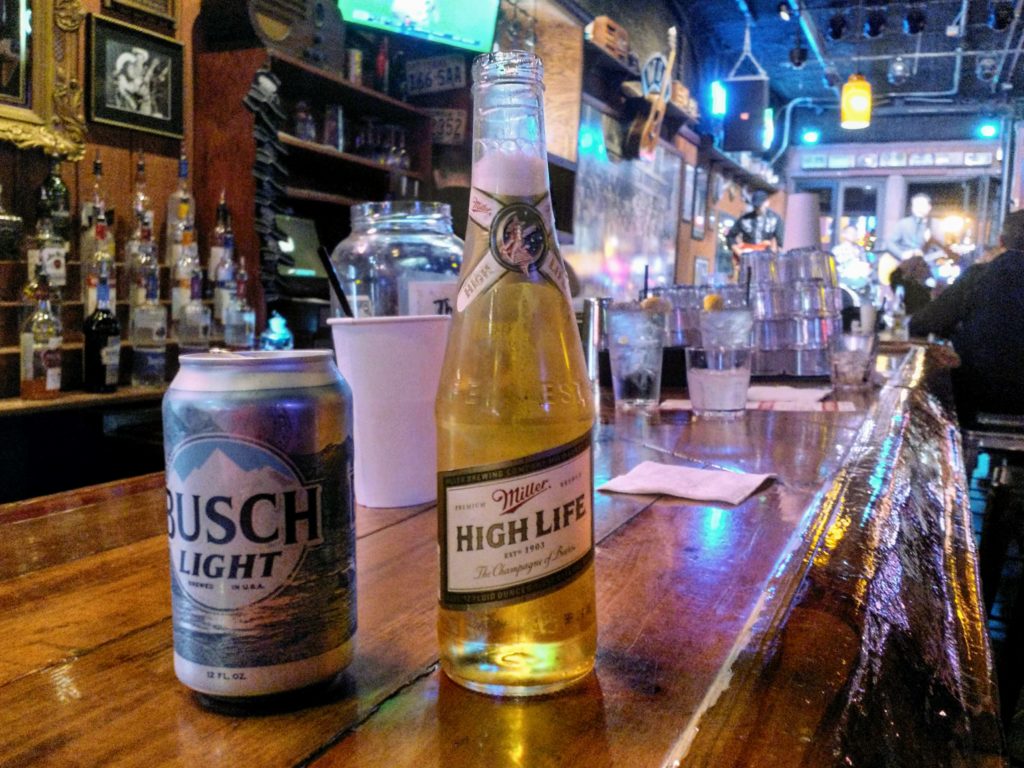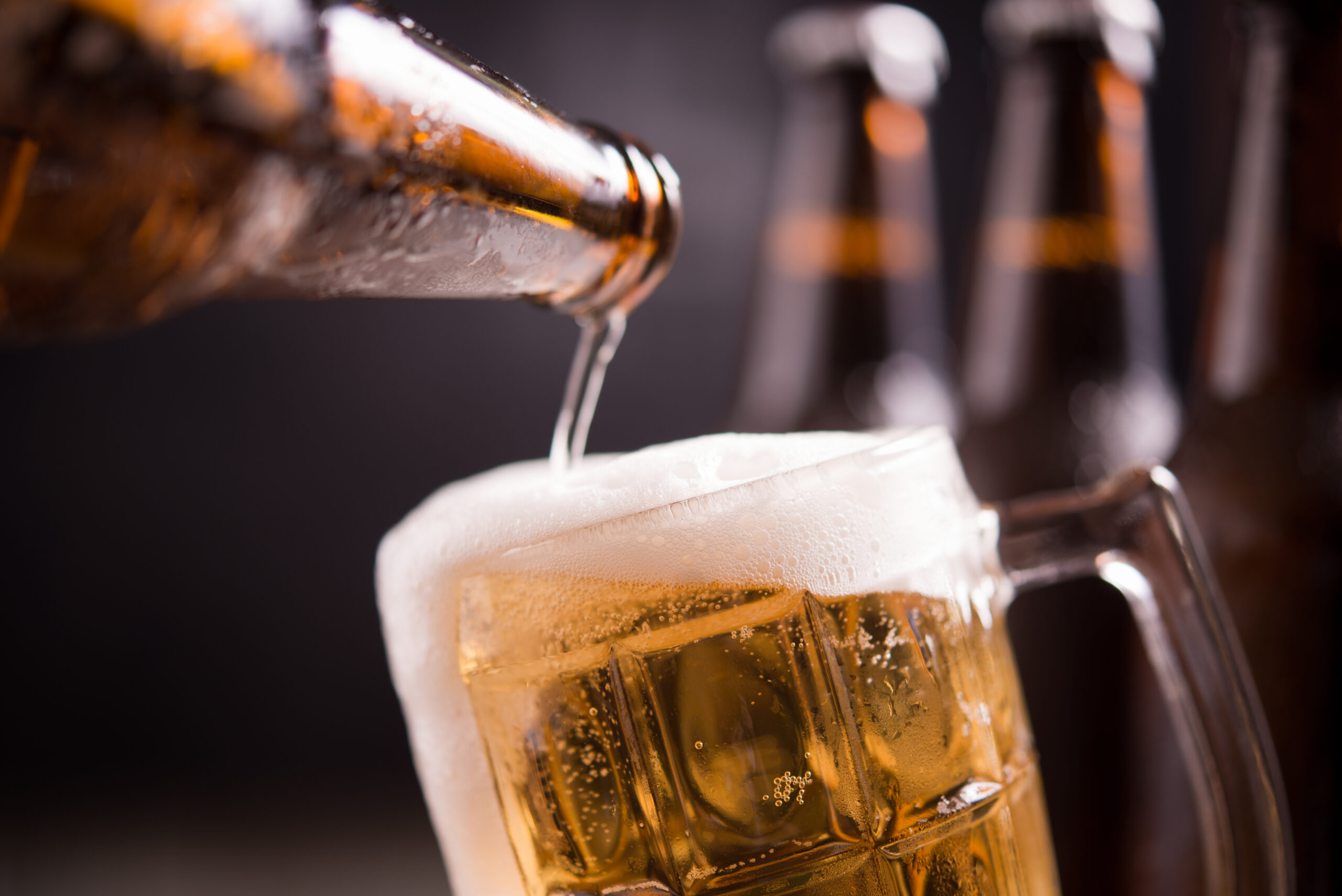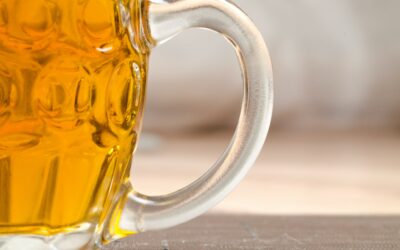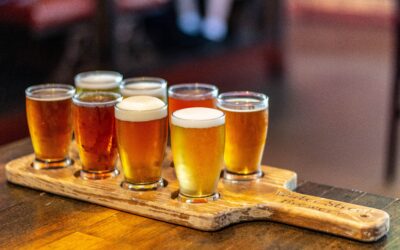However encouraging the last couple of decades may have been for consumers trying to access more interesting beers, around 90% of the beer we drink comes from a narrow range of relatively dull styles, promoted extensively to help their brand names trip off the tongue.
The key characteristics of a successful industrial lager are that it must be cheap to produce, free from obvious production flaws and have enough visual appeal to justify a relatively high price. It is unlikely to be lagered in the true sense, or to be distinctive in flavour.
Contrary to some claims, industrial lagers are not “full of chemicals”, though they can taste that way if drunk at room temperature. This is because the increased flavour caused by warming, can reveal mildly unpleasant aromas and tastes from rapid fermentation, plus the high proportion of adjuncts that feature in many of these beers. It is not coincidence that they are recommended to be served as cold as possible.
Though the character of industrial lagers is broadly uniform and intentionally inoffensive, they come in recognisable sub-groups.
American-style industrial lager
Similar to its European equivalent (below), with the exception that rice is also a frequent malt substitute, sometimes accounting for up to 40% of the cereal in the mash. Rice was traditionally used to make some American beers prior even to Prohibition (1920-1933). It lowers the grain character of these beers, which are typically fermented strong and then extensively diluted, up to 60:40 with water, before being re-carbonated and packaged. Typically they have a low hop content and undergo little conditioning.European-style industrial lager
Some European-style industrial lagers are made from 100% malted barley, though this is usually modified and can be in syrup form. Many contain wheat and some well-known brands contain up to 30% of processed maize, or corn syrup. Others use starch derived from grain. As with their American counterparts they are usually brewed and fermented at high gravity and later diluted, have low hop bitterness, and undergo little conditioning.
Light industrial lager
North American drinkers were asked in the 1960s, a time when few had experience of beers other than industrial lager, what brewers might do to make their beers better. The most popular consumer suggestions were to reduce the hop flavour and the carbohydrates. The producers’ response was to make a highly filtered type of beer in which more of the sugars were fermented through to alcohol. Christened ‘Light’, or in the case of the Miller brewery, copyrighted as ‘Lite’, this style is an industrial lager with less weight to it.
 Light lagers are especially popular in the USA, as at this country club in Nashville, Tennessee (photo: André Brunnsberg)
Light lagers are especially popular in the USA, as at this country club in Nashville, Tennessee (photo: André Brunnsberg)
Strong industrial lager
Often made from the original wort, before it is diluted to make the regular lagers, this style often has signs of significant malt substitution, followed by fast fermentation. Its higher alcohol content (7.0-10.5% ABV) is generally designed for impact rather than aplomb. The style is steadily disappearing from many European markets, for its association with alcohol-related health problems.
Ultralight and ice lager
These are thinner forms of light industrial lager (above). The attraction of these beers is their low sugar content, the downside being the virtual absence of flavour. In so-called “Ice” varieties, protein content is removed at a low temperature. Also known as soda beers.





